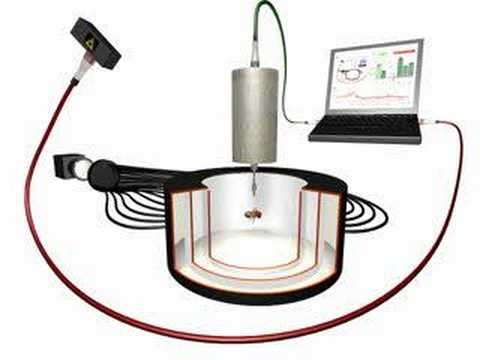Open Access (OA) pioneer and OA journal eLife founding member and sponsor, the Max Planck Society just released a white paper (PDF) analyzing open access costs in various countries and institutions and comparing them to subscription costs. Such studies are fundamental prerequisites for evidence-based policies and informed decisions on how to proceed with bitterly needed reforms. The authors confirm the currently most often cited ballpark figures of a world-wide annual academic publishing volume around US$10b, averaging at around US$5000 for each of the approximately 2 million papers published every year. This confirmation from different sources than are usually cited is very valuable and solidifies our knowledge on the kind of funds available to the system.
The authors detail that various institutions in various countries spend significantly less than the current subscription costs on their current author processing charges (APCs) for publishing in open access journals, around US$2000-3000 per article. They conclude from these data that a conversion from subscription to author-pays model would be at least cost-neutral (if not a significant cost-saver) and keep the publishing industry alive.
I find these statements quite startling for a number of reasons:
- Over 15 years ago, the US government (via the NIH) helped Brazil develop an incredibly successful publishing model, SciELO. It has since spread, with many other countries all over the globe joining. In their now roughly 900 journals, SciELO publishes peer-reviewed papers, fully open-access at an average cost of US$90 per article. Recently, these figures have been confirmed with numbers from the NIH’s open access repository PubMedCentral, where such costs come to lie around US$50 per article. Thus, publishing fully open access with all the features known from commercial publishers clocks in at below US$100 per article. This we already knew before this study. Why was there a study needed, that shows that we can also get such universal open access for up to 100 times the price of PMC/SciELO? Is the survival of the publishing industry really worth up to US$9.9b in subsidies every year? What value do publishers add, that could possibly be worth the annual bill of 9.9 billion in virtually any currency?
- The authors emphasize that “Whether calculated as mean or median, however, the average APC index will never be dictated by the high-end values.” This may of course be financially relevant for the tax-payer in the short-term, but in the long-term the tax-payer will also be interested in whether the science they fund is reliable: is publicly funded science a good bang for the buck? If we only were to convert to this ‘gold’ OA model and left everything else virtually unchanged, the situation for the reliability and hence credibility of publicly funded science would be even worse than it is today. As outlined in detail elsewhere, high-ranking journals argue that their APCs will come to lie around US$50,000 per article. While this may indeed not change the average cost to the taxpayer with currently in excess of 30,000 journals, it will mean that in addition to knowing the professional editor and, if needed, fake your data, you then also would have to be rich (or work at a rich institution) in order to publish in a venue that helps secure a job in science. Given that these journals publish the least reliable science, this would be the one single scenario I could imagine, that would be even worse for science than the status quo.
- The authors also do not mention that the large majority of open access journals (including Max Planck Society’s very own eLife) do not charge any APCs at all (an issue already raised by Peter Suber). It is not clear from the study if articles published in these journals have been counted at all. If not, their costs are overestimating the actual costs by a significant factor.
Thus, as I see it, this is a study that at best serves no real purpose, at worst constitutes a disservice to science by suggesting such a transition would even be desirable, when it clearly is not. I have asked one of the co-authors of the study, Kai Geschuhn to comment on my criticisms. You can find her reply below, I’ll leave it uncommented:
Like it or not, offsetting subscription costs against publication fees still isn’t the common understanding of how to finance open access. With this study, we didn’t want to raise the question whether scientific publishing should cost US$50, US$100 or US$5,000 per article. The aim rather was to show that the transition to open access is feasible already. The figures presented in the paper relate current subscription costs to scientific article outputs on different levels (global, national, and institutional) in order to show that there is enough money in the system to finance all of these articles. While this is obvious to you, it is often not to libraries which usually expect the open access transition to become even more expensive. This misconception is mostly due to the assumption, that the total number of publications from an institution or a country would have to be financed. We suggest calculating with articles from corresponding authors only, which usually leads to a reduction of up to 50% of the total amount.
After ten years of debate, we finally need to agree upon a realizable first step. We believe that offsetting budgets actually is key to this so we have to start the calculation.













Comments are closed.